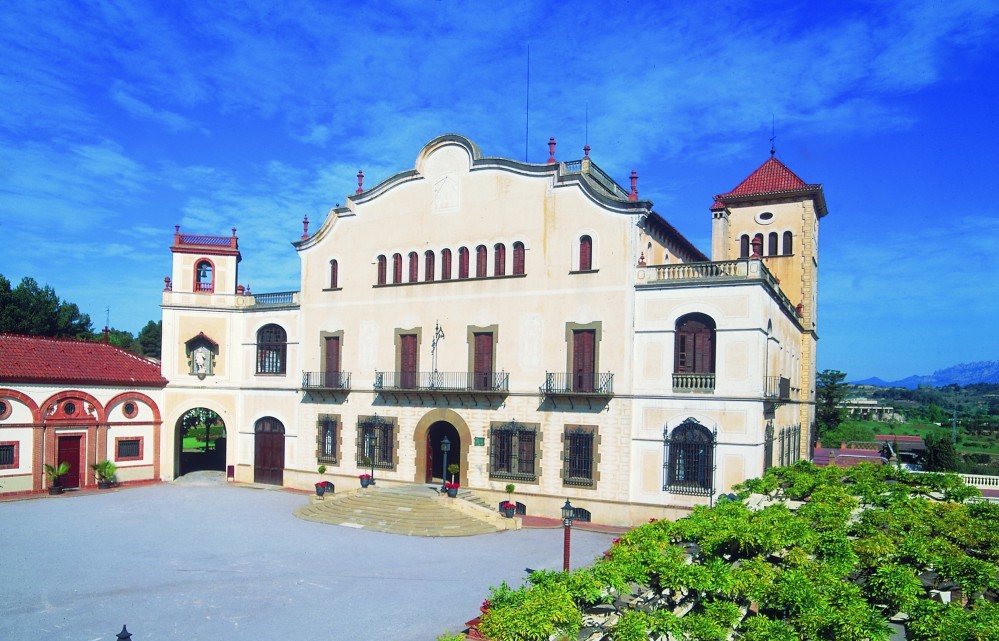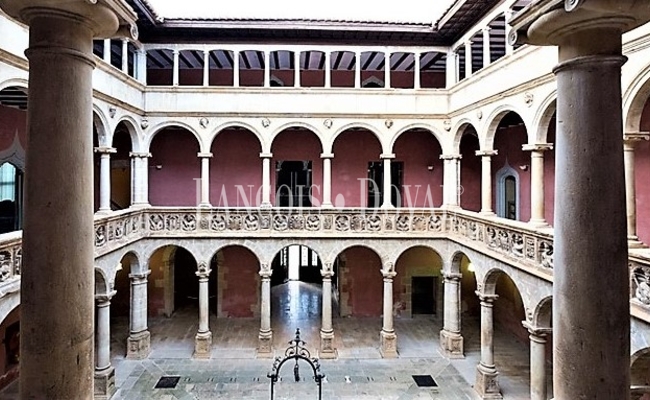Renaissance architecture in Catalonia.
Unusual and unique buildings.
In the final decades of the Middle Ages, most of Western Europe experienced a major artistic revolution, the heart of which was in Italy.
This was the Renaissance, a movement that sought to recapture classical ideals of beauty, in line with the emerging humanist thinking.
Traditionally, it was considered that the Renaissance did not develop in Spain. But this view is debatable.
Catalonia, for example, is home to an interesting collection of unique buildings forming part of this artistic movement.
The Catalan Renaissance can be seen in religious buildings such as the Basilica of Santa María in Igualada, the Church of Santa Eulàlia de Esparraguera or the Church of Our Lady of the Angels in Lívia.
In all cases, we can identify a rather austere approach to style, with certain Gothic influences, so relevant in the region in previous centuries.
Other historical religious properties contributing to this formal conception are the Monastery of San Salvador in Horta and the Sanctuary of Mercy in Reus.
Renaissance civic buildings are also very present in the Catalan provinces. In this respect, one of the most outstanding unique buildings is the Royal Colleges of Tortosa, listed as a National Monument more than forty years ago.
In fact, the porticoed courtyard of the Colegio de San Jaime and San Matías is considered one of Catalonia's Renaissance masterpieces.
Of course, the largest number of historical properties preserved from the period are in the province of Barcelona. These include the Castillo Nuevo de Llinars del Vallès, a 16th century manor house , or the Casa La Armonía in Hospitalet de Llobregat.
The Renaissance style can also be seen in various farmhouses that, although not belonging to the historical period of the Renaissance, do incorporate its main formal characteristics.
The original structure of the Masía Bach property, in Sant Esteve Sesrovires, dates back to the end of the 18th century and its current Renaissance appearance dates from the early 20th century, when it was completely refurbished.


